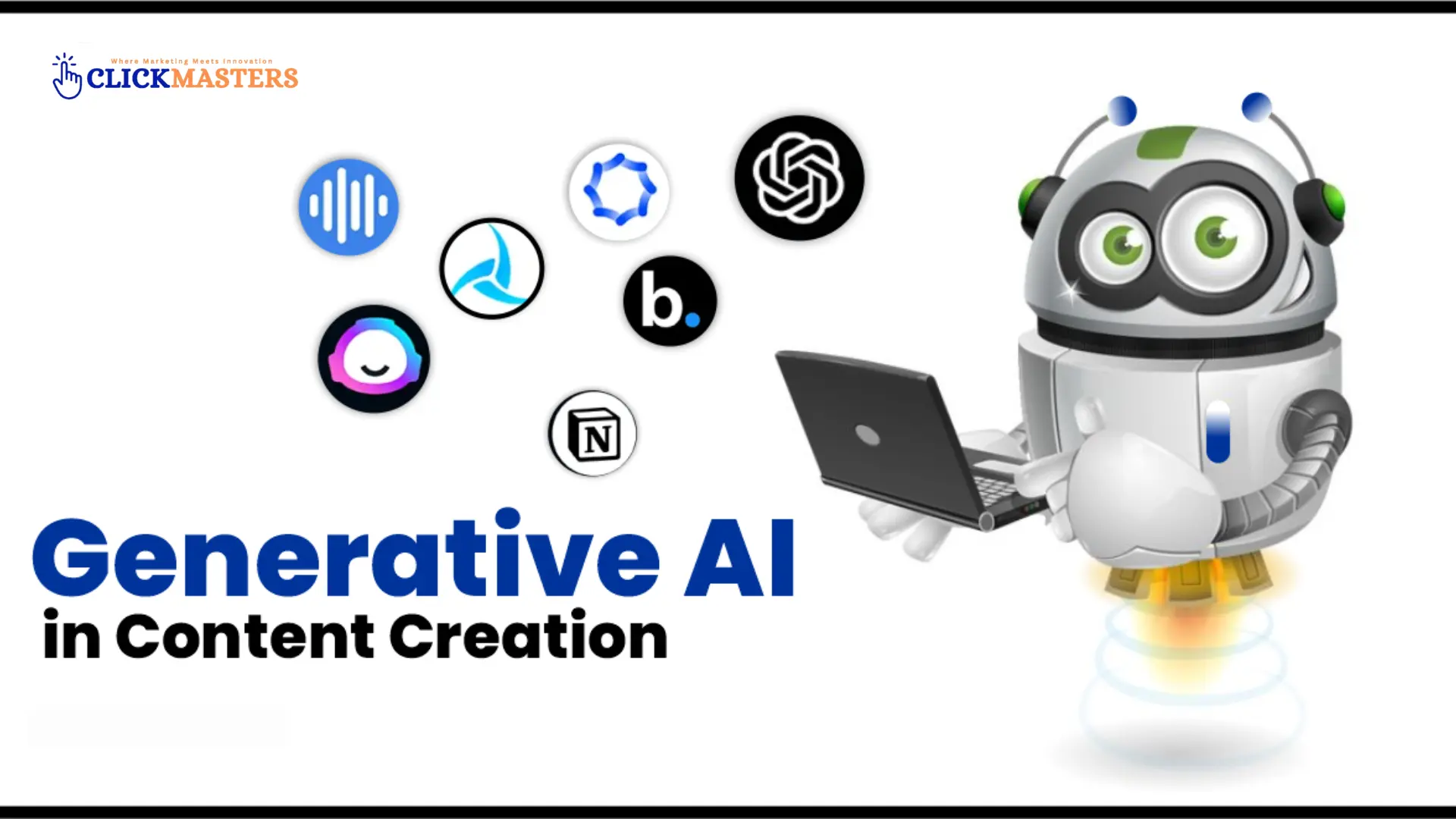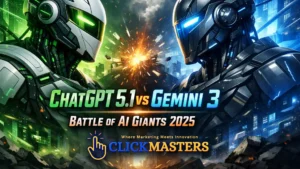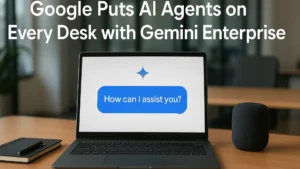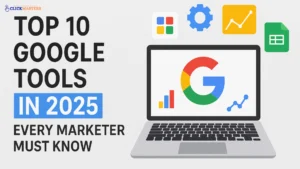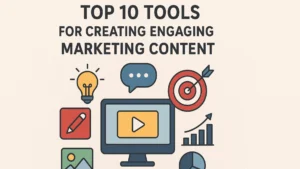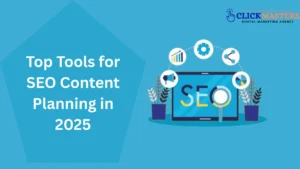In 2025, Generative AI will become the core of the marketing industry. AI tools are changing the brand’s way of communication, from content writing to video creation to SEO optimization and Chatbot interactions. As the global generative AI market is projected to reach $62.72 billion in 2025, with a Compound Annual Growth Rate of 41.53% from 2025 to 2030 ( Super AGI). What was once only a tool has now become an important part of marketing. According to the HubSpot State of AI Marketing 2025, over 92% of marketers use generative AI to help or automate certain steps in their content creation process.
However, while these AI generative tools become expert in scaling and personalization, they also bring risks like plagiarism, hallucinations, search engine penalties, and a decline in content quality. For any digital marketing agency, understanding these challenges is crucial. In this blog, we will explore what generative AI is, how it works, and the risks and opportunities for marketers in 2025.
Table of Contents
What Is Generative AI in Content Creation?
Generative AI refers to the tools or models of Artificial Intelligence that can create or generate original ideas or content (images, texts, stories, even coding, and a large amount of data).
How It Works:
These AI tools are trained by using some learning machine, specifically, Large language models (LLMs), like OpenAI, GPT-4, Gemini, Llama, etc. They analyze patterns in language and visuals to generate new content based on prompts, such as:
- “Write a 1000-word blog on SEO trends.”
- “Create a 30-second ad script.”
- “Turn this blog into a LinkedIn carousel.”
- Design a product mockup for a landing page.
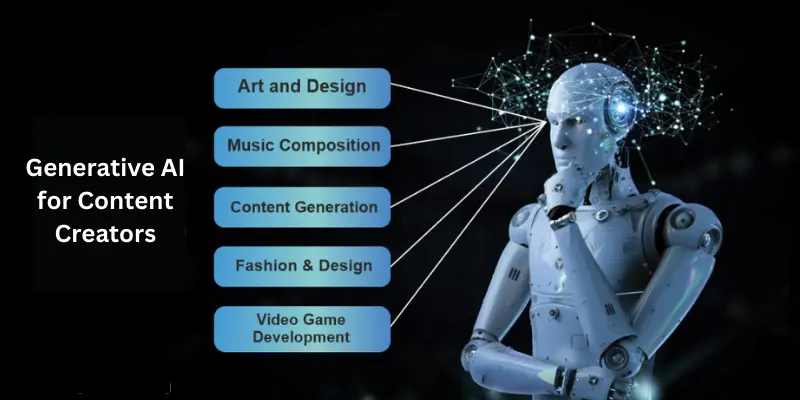
Key Opportunities of Generative AI for Content Creators
Generative AI helps marketers leave traditional marketing strategies, which help marketers save time, cost, and manpower.
1. Content at Scale — Faster & Cheaper
Generative AI empowers marketers to create enormous amounts of content—from social media posts and blog items, to images and videos—faster than ever before. This allows for an “always-on” type of social media engagement, as 60% of U.S. companies are already utilizing generative AI for that purpose, while 76% of marketers use it for baseline content creation. (Super SAGI, 2025). Creating content at this scale is quickly becoming “table stakes” for organizations to retain a competitive advantage.
Through Generative AI, you can generate 10 blogs in 2 hours, 5 highly visualized videos in an hour, dozens of email variations in minutes, and write any article on any topic in seconds. Ad copy, CTAs, landing page content, and product descriptions. Businesses using AI content generators reduce content creation costs by *up to 65% (McKinsey Marketing AI Report, 2025).
2. Hyper-Personalization of Messages
AI platforms can analyze customers’ data, behavior, and generate customized messages, increasing click-through rate and conversion rates. Personalized email campaigns, product recommendations, and personalized user experience.User-specific landing pages. By analyzing performance data, AI can predict which content elements will resonate best with specific audience segments, enhancing engagement and conversion rates . Personalized AI content improves engagement by +76% on average (Salesforce AI Trends, 2025)
3. Improved Content Optimization & SEO
With SEO plugins, AI tools such as Surfer SEO, Jasper, and ChatGPT recommend internal linking, keyword usage, readability enhancements, and SERP-matching structure. Now, simultaneously write for humans and algorithms.AI continuously enhances the efficiency of content by analyzing enormous volumes of performance data.
It can forecast the best headlines, images, and calls to action for particular audience segments, maximizing the impact of the content. Businesses that integrated advanced SEO services with AI tools achieved a 32% higher ranking on Google SERPs in under 90 days. (Ahrefs + Surfer SEO Case Studies, 2025)
4. Automated Iteration & A/B Testing
Testing AI tools can replace human testing of variations. Create several ad copies automatically. Discover which version works best.Make suggestions for immediate enhancements. It is anticipated that nearly half of marketing executives will continue to invest in AI tools for their teams. AI is being used by marketers as a “copilot” for ideation, allowing for faster concept validation and iteration. Brands using AI-based A/B testing tools increase their click-through rate by 39% within the first month.(MarketingProfs, 2025).
Multimodal Content Creation:
Text, image, video, and audio are just a few of the formats that generative AI can create content in with ease. This feature enables brands to efficiently reuse content, cut production time and expenses, and maintain consistent messaging across various content types.AI tools like Synthesia and Lumen5 allow teams to generate high-quality video without a camera crew or actors. 61% of Gen Z users say they prefer AI-generated short videos over traditional ads. (Wyzowl Video Marketing Statistics, 2025)
Risks of Generative AI in Content Creation
AI is powerful—but not perfect. Here’s what to watch out for:
1. Plagiarism & Duplicate Content
Generative AI can accidentally reproduce copyrighted text or visuals. While AI can generate content rapidly, maintaining a consistent brand voice, accuracy, and high quality across all AI-generated output remains a challenge. Marketers must still review and refine content to ensure it meets brand standards and avoids generic or erroneous information 41% of AI-generated articles in a 2024 MIT study had some degree of overlap with existing online content. (MIT AI Research, 2024).
2. Ethical & Legal Concerns:
While AI can generate content rapidly, maintaining a consistent brand voice, accuracy, and high quality across all AI-generated output remains a challenge. Marketers must still review and refine content to ensure it meets brand standards and avoids generic or erroneous information. Using AI voices, deepfakes, or false testimonials without disclosure may lead to regulatory fines or lawsuits. 66% of global consumers say they would stop buying from a brand that uses deceptive AI content. (Edelman Trust Barometer, 2025).
3. Search Engine Penalties
Google’s Helpful Content Update (HCU 2024) now flags and penalizes content that appears auto-generated and low-value.Sites with thin or AI-spam content saw a drop of 25% in traffic after the HCU rollout. (SEMrush AI Impact Report, 2025)The evolving legal framework around AI-generated content, including copyright ownership and liability for misinformation, poses risks that marketers need to navigate carefully.
4. Over-reliance and Skill Erosion:
Over-reliance on AI for content creation might lead to a decline in human creative skills and critical thinking. Marketers need to ensure AI acts as an assistant rather than a complete replacement for human ingenuity.
Best Practices for Using Generative AI Safely
| Practice | Benefit |
| Human + AI Collaboration | Combining scale with creativity |
| Always Fact-Check | Avoid fake data and misleading claims |
| Train AI on Brand Voice | Preserve tone and consistency |
| Don’t Automate Everything | Maintain emotional connection |
| Disclose AI Use | Build transparency and trust |
| Plagiarism & SEO Checks | Prevent penalties and duplication |
Companies using human-edited AI content see 2x higher engagement compared to raw AI outputs. (Marketing AI Institute, 2025)
The Future of AI Content: 2025 and Beyond
What’s coming next:
- Multimodal Generation (Text + Video + Audio in one prompt)
- AI SEO Copilots that dynamically update content in real-time
- Watermarked AI content for regulation compliance
- Interactive AI avatars replacing traditional explainer videos
By 2027, 70% of all B2B customer interactions will be initiated by AI content.
(Gartner Marketing Futures Report)
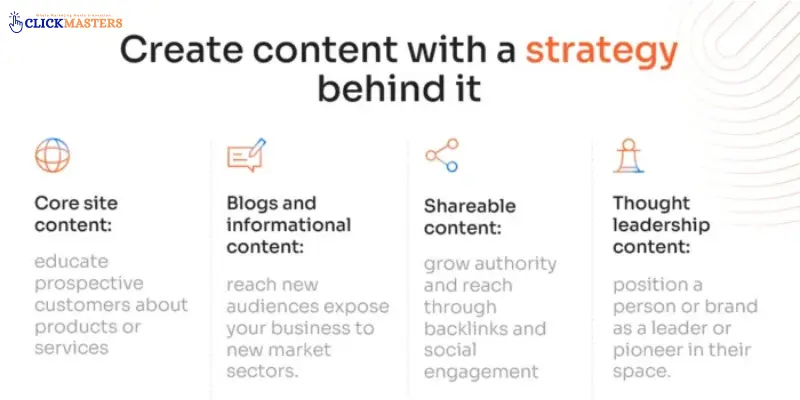
Get Expert Help with AI-Driven Content Strategy
Using AI content tools without a strategy is like driving a Ferrari without a license.
That’s where Click Master Digital Agency comes in.
We specialize in:
- AI-assisted blog writing and SEO content
- AI video and visual design
- AI integration into marketing funnels
- Safe and ethical use of generative tools
Frequently Asked Questions (FAQs)
1. What is generative AI content?
Generative AI content is material created by AI tools—like ChatGPT or Jasper—using data patterns to produce original text, visuals, or videos based on human prompts.
2. Does Google allow AI-generated content?
Yes, but only high-quality, useful content that aligns with Google’s EEAT guidelines. Spammy or unedited AI content can get penalized.
3. Can AI replace human content writers?
AI can assist, but not fully replace writers. It lacks deep reasoning, brand context, and human storytelling. The best strategy is AI + human collaboration.
4. What tools are best for AI content in 2025?
Top tools include:
- ChatGPT (OpenAI) for text, email, and planning
- Jasper AI for marketing copy
- Surfer SEO for optimization
- Synthesia & Pictory for video content
5. Is AI-generated content legal?
Yes, but you must:
- Avoid plagiarism
- Verify facts
- Disclose AI use when necessary.
- Follow the copyright and platform rules.s
6. How do I check for plagiarism in AI content?
Use tools like:
- Grammarly Premium
- Copyscape
- Originality.ai (built for AI content detection)
7. How do I train AI to write in my brand voice?
You can feed sample content, tone guides, and prompt patterns into tools like Jasper or custom GPTs on ChatGPT.
8. Can AI create original videos and visuals?
Yes. Tools like DALL·E, Synthesia, and Pictory create visuals and videos from scratch or based on blog text.
9. What are the biggest risks of using AI in marketing?
Top risks:
- Plagiarism
- Misinformation
- Poor user engagement
- Google penalties
- Trust loss due to undisclosed AI use
10. Where can I get help with AI content strategy?
Click Master Digital Agency helps you scale ethically with AI-powered SEO, copywriting, video marketing, and content design.

